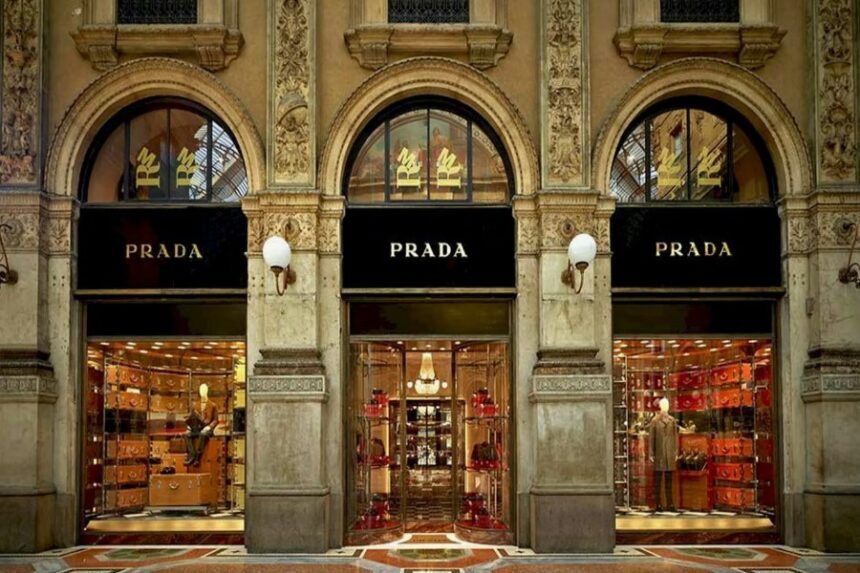We at FinancialMediaGuide note that Italian fashion house Prada has declared the worst phase of China’s market downturn to be over, easing pressure on the global luxury sector. However, as CEO Andrea Guerra emphasized, the “golden era” of explosive growth seen in the previous decade is unlikely to return anytime soon.
According to the company’s latest financial report, Prada’s net revenue rose by 9% in the first nine months of 2025, driven mainly by the success of its Miu Miu clothing and accessories line. The Asia-Pacific region, Prada’s key market, led growth with a 10% increase at constant exchange rates, while the company observed “some improvement” in China during the third quarter.
“I think the worst is over,” Guerra told analysts, referring to a “plateau” in China’s luxury market after several years of decline. Sales during the Golden Week holiday in October slightly exceeded expectations, yet the CEO cautioned that such high growth rates as those seen in the 2010s are not likely to reappear soon.
We at FinancialMediaGuide remind readers that between 2017 and 2021, China’s luxury market tripled in size, and during the post-COVID boom, Chinese consumers accounted for up to 40% of global luxury spending, according to Bain & Company. Today, however, domestic demand has cooled amid slower economic growth. Still, major industry leaders – LVMH, Hermès, Kering, and L’Oréal –have recently reported early signs of recovery.
Prada’s growth continues to be fueled by its smaller label Miu Miu, which posted a 29% increase in retail sales in the third quarter. Meanwhile, sales under the main Prada brand fell 1%, a modest improvement compared with the second quarter. Retail sales represent 90% of Prada Group’s total revenue, which reached €4.07 billion between January and September 2025.
Earlier this year, Prada finalized a $1.38 billion acquisition of Versace from Capri Holdings – a move that united two of Italy’s most iconic fashion names. Guerra noted that the final regulatory approvals for the deal are expected within the next two weeks.
Meanwhile, another major Italian fashion house may soon become a takeover target. The late Giorgio Armani reportedly instructed his heirs to either sell his company – giving priority to LVMH, L’Oréal, or EssilorLuxottica – or to take it public. When asked whether Prada might manage Armani’s business if acquired by L’Oréal, Guerra replied that such a scenario “does not seem realistic at this stage.”
We at Financial Media Guide believe that Prada’s cautious optimism reflects a new reality in the luxury industry – stability is replacing euphoria. Leading fashion houses are shifting focus from aggressive expansion to strategic consolidation, brand investment, and cost discipline, all of which are vital amid China’s structural economic slowdown.
Earlier, we wrote that China’s economic growth slows to a one-year low as structural challenges raise questions over policy sustainability.













